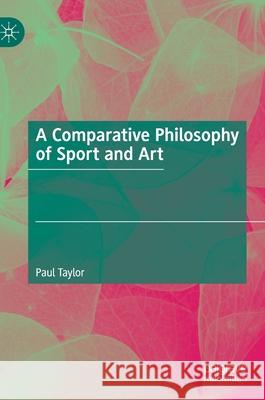A Comparative Philosophy of Sport and Art » książka
topmenu
A Comparative Philosophy of Sport and Art
ISBN-13: 9783030723330 / Angielski / Twarda / 2021 / 169 str.
Kategorie BISAC:
Wydawca:
Palgrave MacMillan
Język:
Angielski
ISBN-13:
9783030723330
Rok wydania:
2021
Wydanie:
2021
Ilość stron:
169
Waga:
0.37 kg
Wymiary:
21.01 x 14.81 x 1.27
Oprawa:
Twarda
Wolumenów:
01
Dodatkowe informacje:
Wydanie ilustrowane











